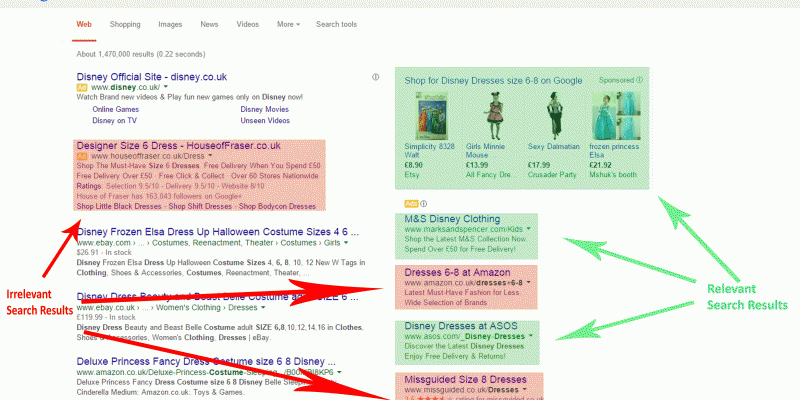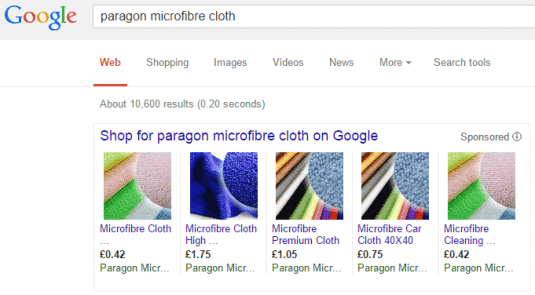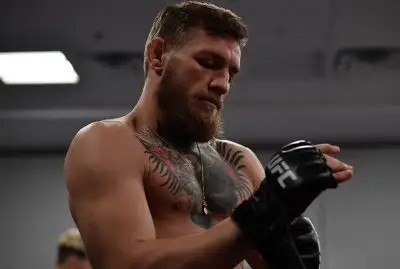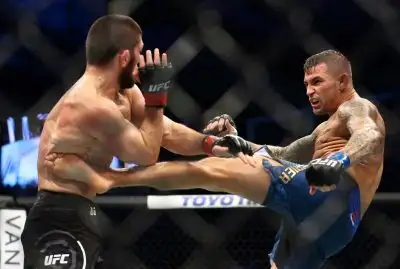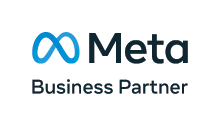Advertising on search engines is usually charged on a cost per click model. This means advertisers only pay when a user clicks on an ad. Hence the phrase “pay per click” (PPC). Search advertising, and by extension PPC ads, have become an indispensable component of performance marketing.
What is PPC advertising?
Pay Per Click marketing, also known as PPC, is quite simple: search engines like Google and Bing allow businesses and individuals to buy listings in their search results. These listings appear alongside the organic, non-paid search results (Example image below) and advertisers pay the search provider a specified amount per visitor that clicks on that listing to visit the advertiser’s website.
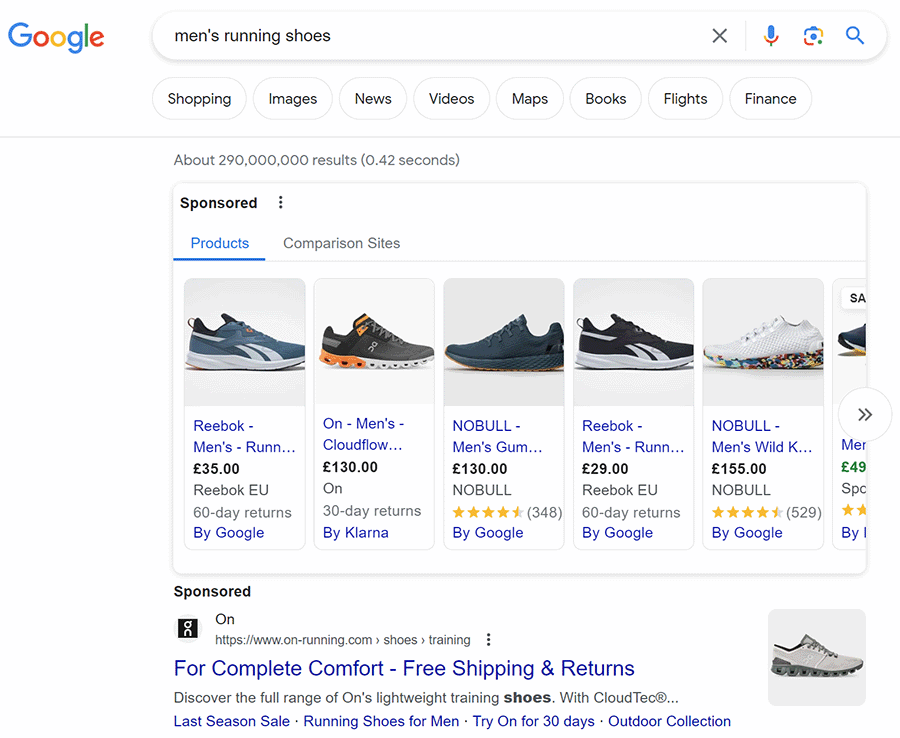
Who are the major search advertising pay per click providers?
Google Ads
Google has about 67.3% market share in the US, but in the UK they control 88.87% when it comes to online searches. It’s Google’s massive reach, search relevance and popularity which is why we say “Google it”, and not “Yahoo! It”. When 67.6% of all worldwide searches are performed on Google, it makes logical sense to want to advertise where there is an audience.
Microsoft Advertising
Whilst Google controls most of the market share, the combined market share of Yahoo! and Bing (owned by Microsoft) is competing against Google and currently controls 29.4% in the US and 9.53% in the UK. Microsoft also allows you to target both search engines, Bing and Yahoo! from one place.
Baidu
Baidu is China’s largest search engine and controls 58.14% of the market share. Google, Bing and Yahoo! account for less than 3% of the Chinese search market. Advertisers looking to build brand awareness and sell products and services in China have no choice but to advertise on the local search providers.
Naver
Naver is South Korea’s leading search engine and search provider. They control around 80% of the market share in South Korea, whilst Google controls just 4%. Yahoo! left the market entirely in 2012.
Yandex
Yandex is Russia’s leading search engine. They control about 61.9% of the market share whilst Google controls 27.2%.
In recent years TikTok, YouTube and Facebook search volumes have increased meteorically. While these platforms aren’t traditional search engines, a comprehensive digital marketing strategy should also consider discoverability on TikTok, YouTube and Facebook search results.
How much does it cost to be #1?
Google Ads works on an auction basis. There is no fixed cost to show ads at the top of the search results. The cost per click bid required depends on the competitors, their bids and the quality of all websites and ads in the auction for that specific search term. Hal Varian, Google’s chief economist, provides an in-depth and insightful overview of how the ad auction works in the video below.
Being number one has its advantages – you get more traffic to your website and receive lots of exposure. But the decision to aim for number one should consider a number of factors:
Do you have the budget?
Number one placement on Google doesn’t come cheap, especially if you are trying to rank for competitive keywords, such as ‘flights to New York’. Bidding for top placement on a limited budget might mean that your ad gets a lot less exposure.
Are clicks at that price worth it?
Establishing what you want from PPC ads should be your first decision. Whether you’re looking for more traffic to your website, trying to promote specific products/services, or if you’re an SME looking to build your brand and gain online exposure, the price per click required to be #1 might be too high to justify.
Are you attracting serious buyers?
Not everyone is going to become a customer right after they’ve clicked on your ad; these things take time and money. Research shows that it takes just a few seconds for potential customers to decide whether the quality of your ad and landing page are worthy of their attention and money. If you’re paying a high price to be at the top of the search results but those clicks aren’t from serious buyers, it is probably not worth it.
What metrics should I use to measure and track performance?
If your goal is to increase traffic to your website, you should focus on clicks, click-through rates (CTR) and the cost per click (CPC). You should keep an eye on keyword-level performance as this will help you to see which keywords are working better than others, and which search terms are increasing traffic to your website.
If your goal is to increase brand awareness for your products, services or charitable cause, then you should mainly keep track of ad impressions and clicks (page views) rather than sales. When keeping track of your impressions, you should measure CPM (Cost-Per-Thousand Impressions) instead of CPC.
If your ad is on the Display Network it is more effective to keep track of your Customer Engagement. CTR won’t be as helpful because people tend to browse across what they might and might not like. Use reach and frequency to find out how many people have been exposed to your ad.
If your goal is to drive sales and online conversions then there are five metrics you should use to track your campaign:
- Conversions
- Conversion rate
- Cost per conversion
- Conversion value
- Return on investment (ROI) aka Return on ad spend (ROAS)
What is the Ads Quality Score?
<span id=””qs”>Google and Bing both use an ad rating system that aims to quantify the quality of all advertisers’ ads. The rating system for Google is called ‘Quality Score’. Each Keyword you have is given a quality score between 1 and 10 – 1 being the worst and 10 being the best – which is based on the quality of the ad and the landing page triggered. The Quality Score for each ad, together with the bid, influences the Ad Rank.<span>
<div class=”videoWrapper”><iframe src=”//www.youtube.com/embed/cMoOQ0cxioI?rel=0″ width=”535″ height=”301″ frameborder=”0″><span data-mce-type=”bookmark” style=”display: inline-block; width: 0px; overflow: hidden; line-height: 0;” class=”mce_SELRES_start”></span></iframe></div>
Keywords with a high Quality score indicate that the ads within that Ad Group and the landing page for that keyword are of a high quality, are relevant to the search query and they are likely to be of interest to users when they see that ad. With Quality Score, Google’s intention is to give advertisers a general sense of the quality of their Ad, which means it wouldn’t take into consideration any auction-time factors, such as actual search terms, type of device, language preference, location or the time of day.
Which keywords should I bid on?
Whether you advertise on general or specific (long tail) keywords depends on your business and what you’re trying to achieve through online advertising. If your aim is to increase brand awareness then you should choose general keywords that will generate a lot of impressions. If you want to improve ROAS and conversions then you should focus on specific keywords that relate to your brand.
Organising your ads into common themes, based on your products, services, or other categories, helps if you want to show more relevant ads to potential customers. The keywords you choose need to match the words or phrases that people search for – if not, your ads may appear for irrelevant searches, or worse, they may not appear when people search for your specific products or services.
Keyword choice is essential for the success of your campaign. If your keywords aren’t relevant, or haven’t been grouped by themes, you risk your ads being low down on the SERPs due to a low Quality Score.
You can increase relevancy by adding negative keywords to your campaign, which ensure your ad doesn’t show for searches that include those terms. This can help you reduce costs by making sure that your ads show just to the audience you want.
What is a landing page?
A landing page is the page that visitors arrive on when they click on your ads. The landing page of any Google Ads ad is the destination URL specified in the ad, keyword or sitelink. Whilst an ad has to catch the user’s attention, the landing page needs to provide the relevant content promised in the ad and attempt to convert a casual visitor into a customer or lead.
Landing pages are extremely important, not only because the content of the landing pages affect your Quality Score, but they are also the watershed pages that can convert a potential into a paying customer. A good landing page could increase your conversion rates by a few percentage points, which can mean doubling the number of leads / customers and halving the cost per acquisition.
Google produced the video below to help advertisers optimise landing pages for conversions:
What is remarketing?
Remarketing lets you show your ads to users who have previously visited your website while they browse the web.
Google Ads remarketing campaigns allow you to reach past visitors to your website to re-position your brand in front of them. It could allow you to target visitors who did not convert; for example, if they visited your website and added items to the shopping cart, but left without making a purchase.
Your ads will appear on the Google Display Network as these users browse sites that are opted into AdSense or DoubleClick and lets you encourage them to return to your site. It is also a way to reconnect and offer more of your products or services.
How do I show product images & prices in my ads?
Ads that include product images and prices are sourced from ‘shopping’ campaigns on Google Ads.
Shopping campaigns enable retailers to easily advertise their entire range of products without having to identify keywords and write ads for each product. These ads are created by Google Ads from data supplied in a product feed on the Google Merchant Centre.
Retailers must create a product feed, optimise its contents and add it to Google Merchant Centre. Once the Merchant Centre account is linked to the ad platform, these products can be automatically pulled from the feed and advertised when users search for terms that Google considers to be relevant to the products.
How do I minimize my cost per click?
The actual cost per click for keywords in any search advertising campaign depends on the maximum cost per click bid and the Quality Score: the higher your quality score, the less you would have to bid for your keywords to appear in the same position. The most direct way to decrease costs per click for a given set of keywords is, therefore, to increase their Quality Score.
You can improve your Quality Score by focusing on your ad’s relevance, as well as the landing page experience. Since the click-through rate is one of the most important determinants of Quality Score, focusing on improving the CTR will be the fastest way to reduce your CPC. Get in touch if you need help to reduce the cost of your Google Ads campaigns.
About the Author
Luke was head of digital at AccuraCast


